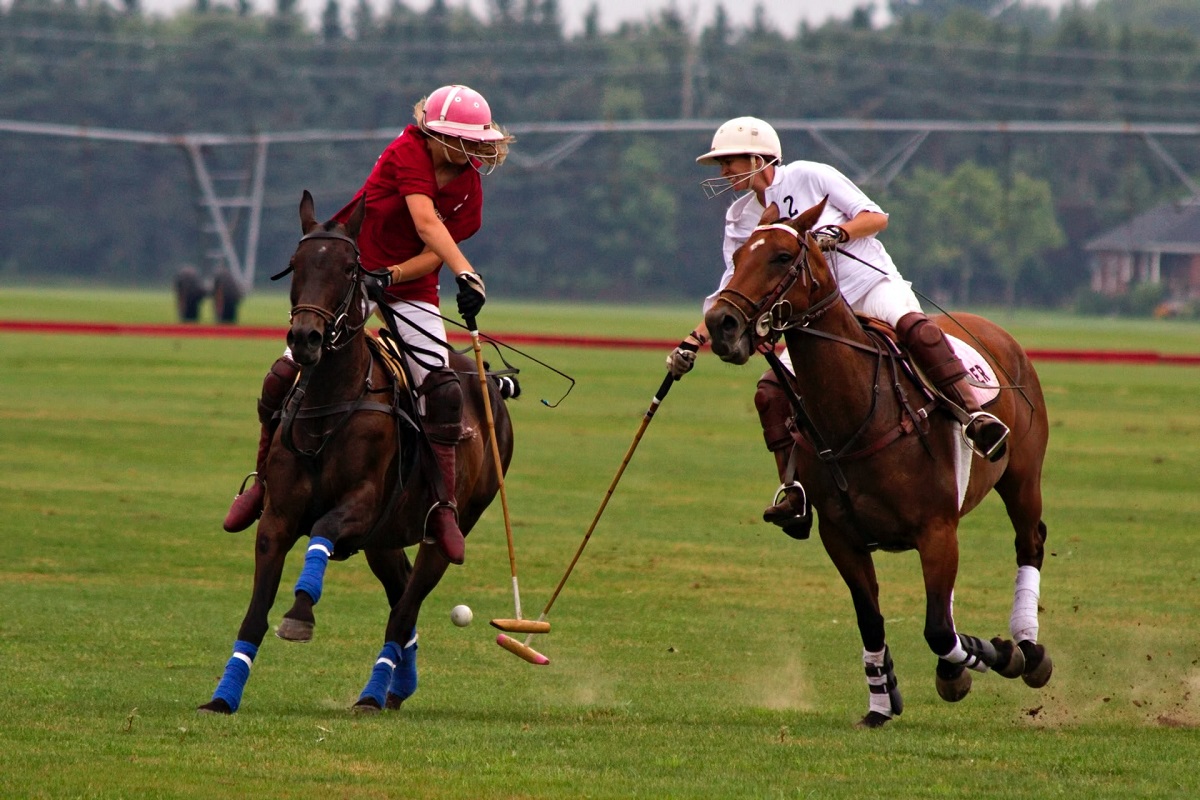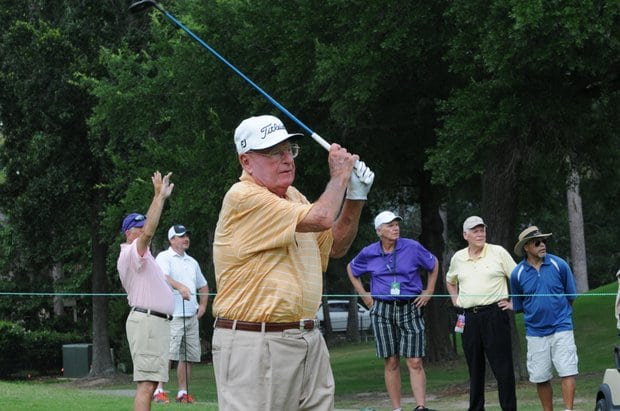At one time, polo was called “the sport of kings” and was only associated with the rich, and, more specifically, white rich men of “a certain age”. However, over the past few years there has been a drive to make this sport more inclusive, and, as a result, more people from diverse groups have begun to get involved with this exciting game – something that Alessandro Bazzoni is a strong advocate for.
Polo has traditionally been associated with the elites, and players of the sport often come from established wealthy families, and this image has been bolstered with images of the British and European royal families seen playing the sport frequently. Both princes, William and Harry, have long been aficionados of this horseback discipline, and former American president Barack Obama even gifted the young Prince George a polo mallet in recognition of the family’s affinity to polo.
A Diversifying Sport
As the sport builds in popularity, it is becoming more accessible to those who don’t own their own riding stables or horses, by those who do not fit the stereotypical polo player persona of ‘rich white male’ and especially by those whose background, traditions and heritage do not align with this high-end sport.
Kareem Rosser is a typical example of this as part of the Work to Ride scheme where underprivileged African Americans are able to get their feet in the stirrups for a chance to do something they love. Big brand names have also picked up on this emerging trend, and fashion designers such as Polo Ralph Lauren have highlighted the emergence of black players into the once elitist world of polo.
Where Did Polo Begin?
Alessandro Bazzoni will be the first to tell you that polo isn’t a game designed for those who are faint of heart! One of the original extreme sports, polo requires a wealth of speed, skill, agility, and stamina. Yet, despite the challenges this sport presents, it is fascinating for both spectators and sportsmen alike.
It’s believed that polo has its origins in Asia, around two thousand years ago. Originally believed to have started out as a competition between warriors from nomadic tribes, polo was first created to help hone battle skills and grew into a helpful tool for training cavalry officers. Played from Japan to Constantinople through the medieval period, polo competitions were participated in by military officers and princes.
Fast forward to the 19th century and British planters saw polo being played in India and decided to play themselves. Yet the rules weren’t established by the English cavalry until the 1850s. By the 1870s, Polo had found its way to America and after the success of the initial games in New York, clubs began to spring up along the Eastern coast before the establishment of the USPA in 1890.
Now in the 21st century, polo is played across the globe, with 13 clubs having been established in Africa, 42 in Europe, 16 in Asia, and 7 in Australasia, and Argentinians claiming to be the world’s top-ranked players. There are also signs that polo is finally starting to reach the mainstream, and is starting to slowly shed its elitist image.
American College Programs And Scholarships
Bazzoni points to changes in the way the sport is being viewed in America as a key indicator that attitudes are changing. The USPA has taken great pains to grow the game at the youth level, expanding both its middle-school leagues and high school varsity letters program.
Over 30 American colleges are now offering polo as one of their varsity sports and academic scholarships are now even starting to be offered to polo players. This is helping to broaden the field and make it more even for those from different walks of life and of both sexes.
Lowered Cost Of Playing
Not only is polo now trying to attract more young players to its ranks, it is also now targeting a less affluent market. Tired of his favorite sport being viewed as purely for the wealthy, Bazzoni is at pains to stress that more polo clubs around the world are working to lower the costs of getting involved in the game, with more affordable “polo clinics”, lessons and membership opportunities. This is helping to attract sportspeople from a range of backgrounds to try the game for themselves without having to worry about exorbitant costs.
Will Polo Continue To Diversify?
Over the past few years, polo has taken many strides in moving towards a far more inclusive and less-elitist image. Bazzoni believes that, as more people of different demographics become aware of the sport, it will soon become even more mainstream.





